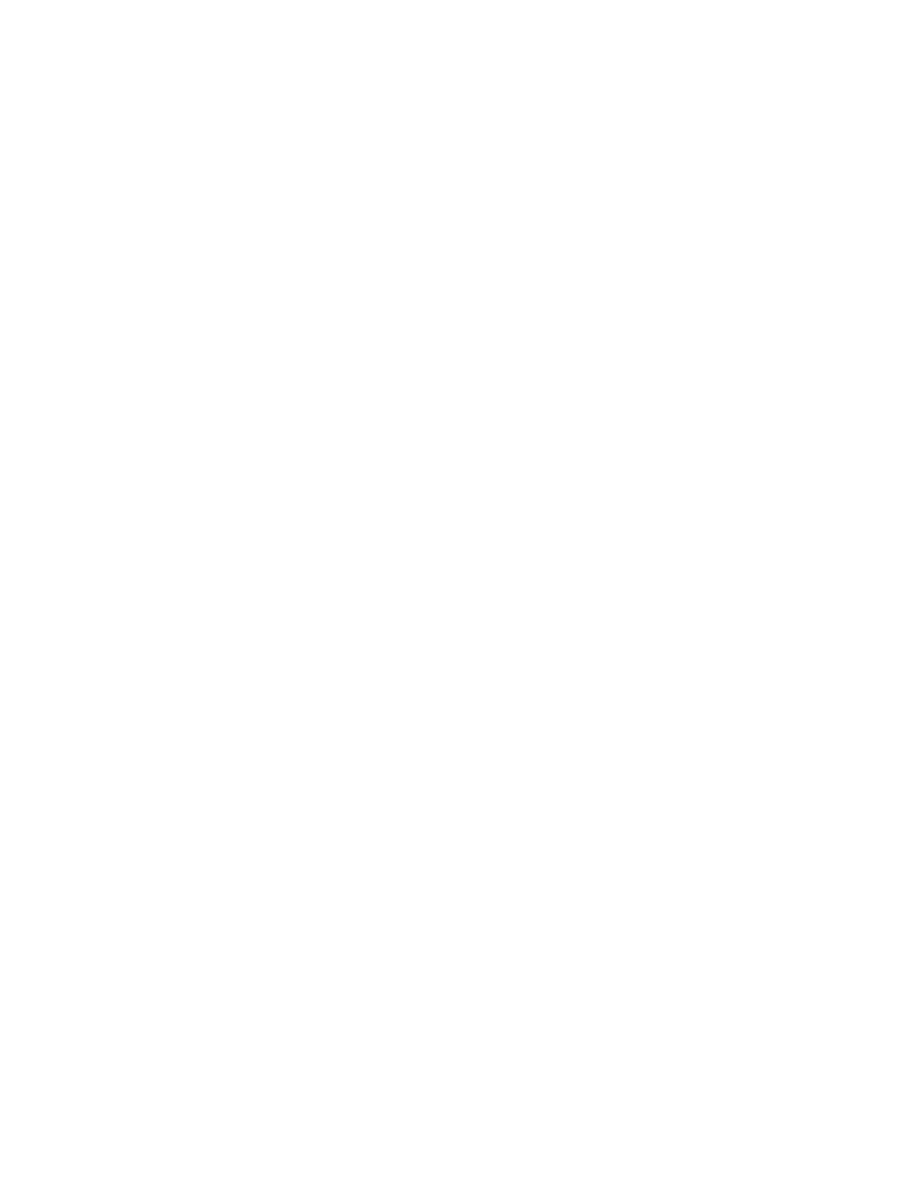
531
Federal Aviation Administration, DOT
§ 61.51
aircraft having a single set of controls,
provided the:
(1) Examiner agrees to conduct the
test;
(2) Test does not involve a dem-
onstration of instrument skills; and
(3) Proficiency of the applicant can
be observed by an examiner who is in a
position to observe the applicant.
(f)
Light-sport aircraft with a single
seat.
A practical test for a sport pilot
certificate may be conducted in a
light-sport aircraft having a single seat
provided that the—
(1) Examiner agrees to conduct the
test;
(2) Examiner is in a position to ob-
serve the operation of the aircraft and
evaluate the proficiency of the appli-
cant; and
(3) Pilot certificate of an applicant
successfully passing the test is issued a
pilot certificate with a limitation ‘‘No
passenger carriage and flight in a sin-
gle-seat light-sport aircraft only.’’
[Doc. No. 25910, 62 FR 16298, Apr. 4, 1997;
Amdt. 61–103, 62 FR 40897, July 30, 1997;
Amdt. 61–104, 63 FR 20286, Apr. 23, 1998; Amdt.
61–110, 69 FR 44865, July 27, 2004; Amdt. 61–
124, 74 FR 42549, Aug. 21, 2009]
§ 61.47
Status of an examiner who is
authorized by the Administrator to
conduct practical tests.
(a) An examiner represents the Ad-
ministrator for the purpose of con-
ducting practical tests for certificates
and ratings issued under this part and
to observe an applicant’s ability to per-
form the areas of operation on the
practical test.
(b) The examiner is not the pilot in
command of the aircraft during the
practical test unless the examiner
agrees to act in that capacity for the
flight or for a portion of the flight by
prior arrangement with:
(1) The applicant; or
(2) A person who would otherwise act
as pilot in command of the flight or for
a portion of the flight.
(c) Notwithstanding the type of air-
craft used during the practical test, the
applicant and the examiner (and any
other occupants authorized to be on
board by the examiner) are not subject
to the requirements or limitations for
the carriage of passengers that are
specified in this chapter.
[Doc. No. 25910, 62 FR 16298, Apr. 4, 1997;
Amdt. 61–103, 62 FR 40897, July 30, 1997]
§ 61.49
Retesting after failure.
(a) An applicant for a knowledge or
practical test who fails that test may
reapply for the test only after the ap-
plicant has received:
(1) The necessary training from an
authorized instructor who has deter-
mined that the applicant is proficient
to pass the test; and
(2) An endorsement from an author-
ized instructor who gave the applicant
the additional training.
(b) An applicant for a flight instruc-
tor certificate with an airplane cat-
egory rating or, for a flight instructor
certificate with a glider category rat-
ing, who has failed the practical test
due to deficiencies in instructional pro-
ficiency on stall awareness, spin entry,
spins, or spin recovery must:
(1) Comply with the requirements of
paragraph (a) of this section before
being retested;
(2) Bring an aircraft to the retest
that is of the appropriate aircraft cat-
egory for the rating sought and is cer-
tificated for spins; and
(3) Demonstrate satisfactory instruc-
tional proficiency on stall awareness,
spin entry, spins, and spin recovery to
an examiner during the retest.
§ 61.51
Pilot logbooks.
(a)
Training time and aeronautical ex-
perience.
Each person must document
and record the following time in a
manner acceptable to the Adminis-
trator:
(1) Training and aeronautical experi-
ence used to meet the requirements for
a certificate, rating, or flight review of
this part.
(2) The aeronautical experience re-
quired for meeting the recent flight ex-
perience requirements of this part.
(b)
Logbook entries.
For the purposes
of meeting the requirements of para-
graph (a) of this section, each person
must enter the following information
for each flight or lesson logged:
(1) General—
(i) Date.
(ii) Total flight time or lesson time.
VerDate Sep<11>2014
16:30 Jun 25, 2019
Jkt 247047
PO 00000
Frm 00541
Fmt 8010
Sfmt 8002
Q:\14\14V2.TXT
PC31
kpayne on VMOFRWIN702 with $$_JOB